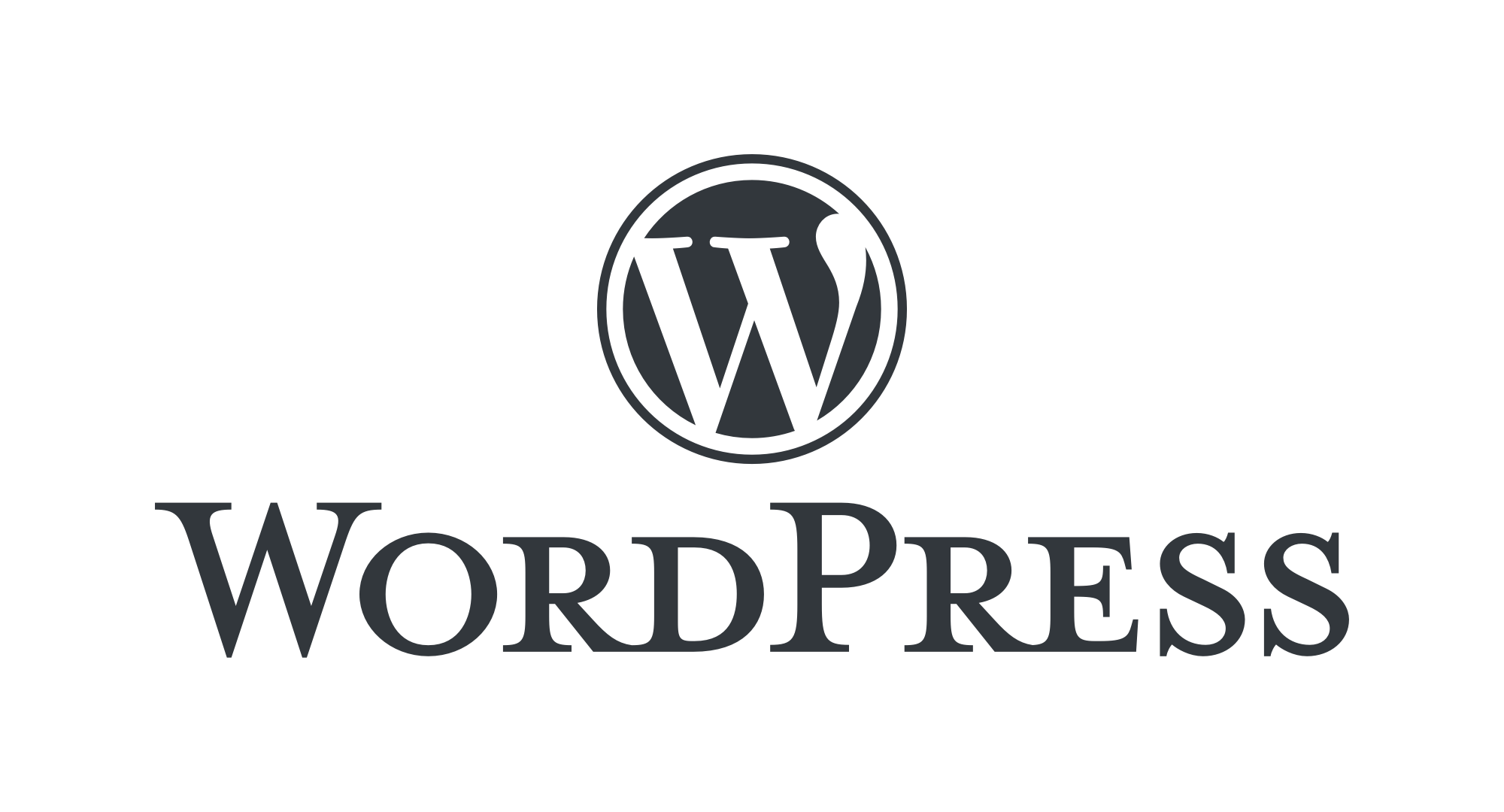
Tips for students using the new WordPress block editor
After May 7, 2021, students using WordPress for UAF classes will notice that the editing interface has changed. Sites hosted on the CTL “community” WordPress server will be updated to use the WordPress Gutenberg block editor. This switch will update websites hosted at community.uaf.edu with the latest online editing tools available for WordPress. This block editor is a much more visual editor than the WordPress classic editor. It makes adding media and multi-column layouts easier.

After the update, viewing and commenting on WordPress websites will remain unchanged. Students will encounter the new block editor only if they are creating or editing posts or pages. There are many different types of blocks available for use when editing, the most common block is the paragraph block. Other standard blocks include headings, lists, media embeds, images, galleries and buttons. There are many more block types, but these will be the most frequently used.
In addition to blocks, the new editor contains “patterns,” which can be applied to pages. Patterns can be used to plan the layout of page headers, multi-column text and images. Use patterns to speed up the authoring process, so you have more time to spend focusing on content and spend less time trying to tweak the HTML of the layout.
If you’re new to the new WordPress block editor, we recommend a couple of tutorial videos to get started. These tutorials cover the features of the new block editor and illustrate how you can use them.
Top 10 Tips for Editing with the Gutenberg Editor (2021) (13:07) In this video, you’ll find tips for fine-tuning your layouts while you’re editing your page content. There are a number of tips shared in this video, and you will find the topics listed as chapters in the video description on YouTube.
How to Use the WordPress Gutenberg Block Editor (full tutorial) (22:49) This is a long tutorial, but it is worth watching if you’re new to the block editor. It begins with the basics of the editor and covers the most commonly used blocks, how to implement them and how to customize them.
After reviewing these videos, you should have enough tools in your toolbox to begin writing and editing new posts and pages. Remember that you can save posts and pages as drafts, which you can preview before publishing to a public view. Use the “Save Draft” feature often until you become more comfortable and confident with the block editor.
Further resources:
We will post information and updated tutorials for students and faculty on the community main website – https://community.uaf.edu


